Fermented feed production takes off in Iran
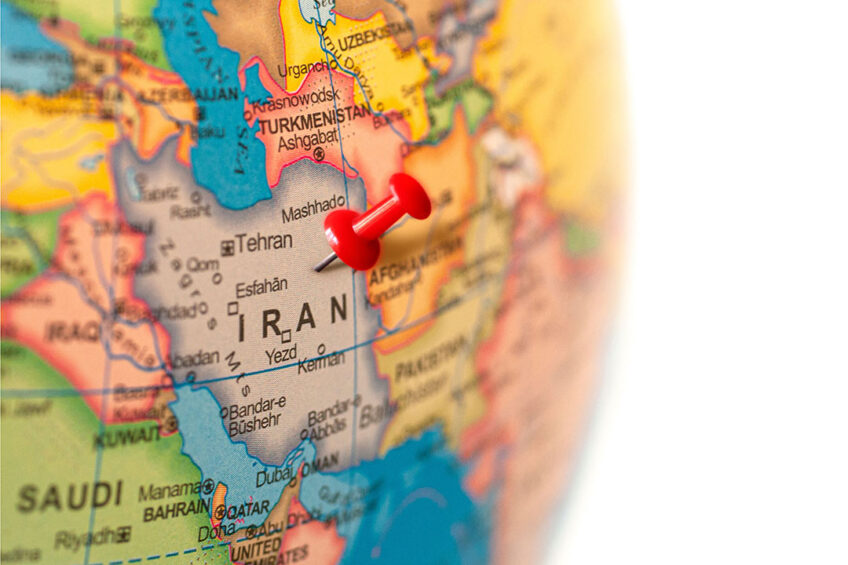
The first fermented feed products have been sold to Iranian farmers, securing promising results, Dr Akbar Taghizadeh, head of the government-run National Livestock Fermented Feed Project, told a local news outlet, IRNA.
Fermented straw was sold for the first time to feed dairy cows at the Moghan Agriculture and Industry Complex, Dr Taghizadeh said.
Roughly 16 million tonnes of agricultural waste are generated annually in Iran. As part of that volume could be used to manufacture fermented feed, helping the cash-strapped Iranian budget to save much-needed foreign currency. These efforts will eventually contribute to building a self-reliant economy in Iran, Dr Taghizadeh added.
The benefits of fermented feed
He expressed hope that the practice of using fermented feed will be scaled up in Iran in 2024. In addition to saving the country “billions of dollars” in currency needed to import feedstuff, it offers further benefits.
For example, fermented feed has proved effective in preventing and treating bloody diarrhoea in calves and some other health conditions. As a result, he said, fermented feed can lower the livestock industry’s requirements for veterinary drugs.
Dr Taghizadeh revealed that Iran is implementing a national plan to popularise fermented feed use among farmers. East Azerbaijan has been chosen to become a pioneer in switching to innovative practices due to a massive volume of agricultural waste.
Agriculture is braced for changes
Expanding fermented feed production could lead to major structural changes in Iranian agriculture in the coming years. For example, Dr Taghizadeh assumed that farmers could switch from growing alfalfa to wheat since straw could be used much more efficiently for fermented feed production.
According to IRNA, fermented feed production in Iran has been limited to a few pilot projects so far. In Moghan, the first product was obtained from wheat straw, while a group of researchers at the Sarab Agricultural College manufactured a marketable product from potato waste. Azrangin Tabriz Company, in turn, produced fermented feed from sugarcane waste.
In every case, the potential use of fermented feed products looked promising, IRNA said, not providing additional details.
Persisting feed crisis
Iran has been increasingly looking into food and agricultural waste, as the government lacked foreign exchange currency to meet the demand of the feed industry in raw materials during the past several years.
The crisis has led to dire consequences. At least in some farms in Iran, poultry is gaining less weight than before due to problems with feed supply, Hossein Fatemi, the former head of the National Poultry Industry Union, disclosed in January 2024. He estimated that the weight of slaughtered chicken ranged between 1.8 kg and 2.5 kg, against 2.5 kg to 3 kg in previous years.
 Beheer
Beheer


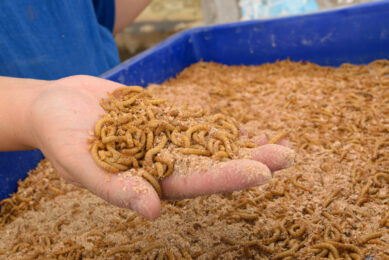
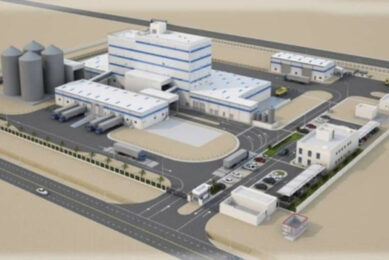
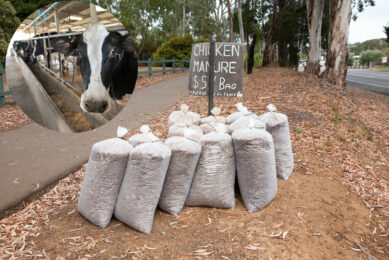
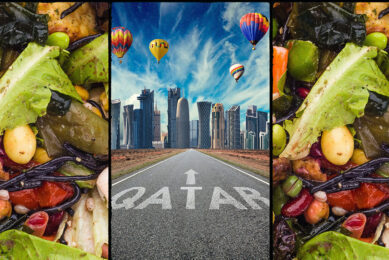





 WP Admin
WP Admin  Bewerk bericht
Bewerk bericht